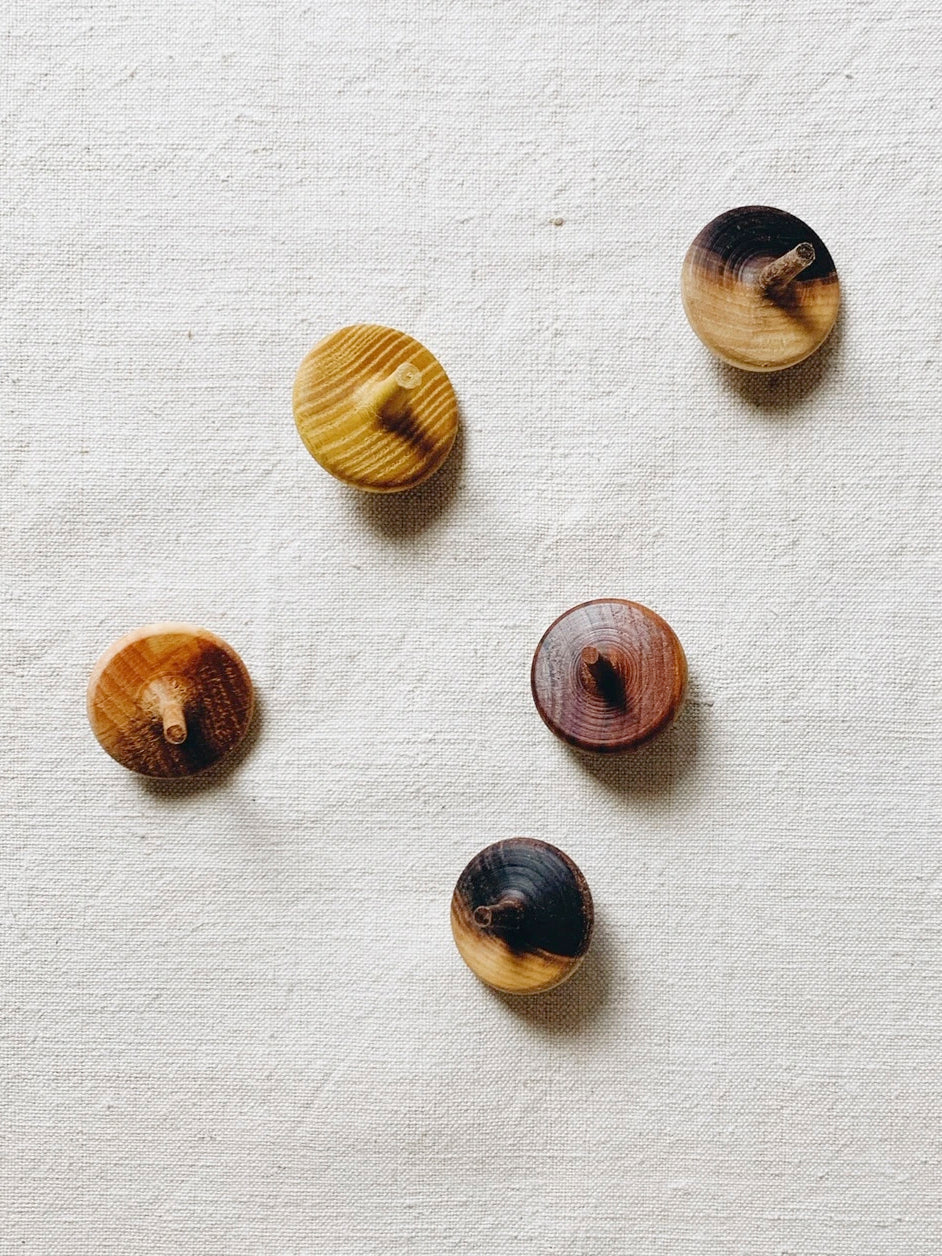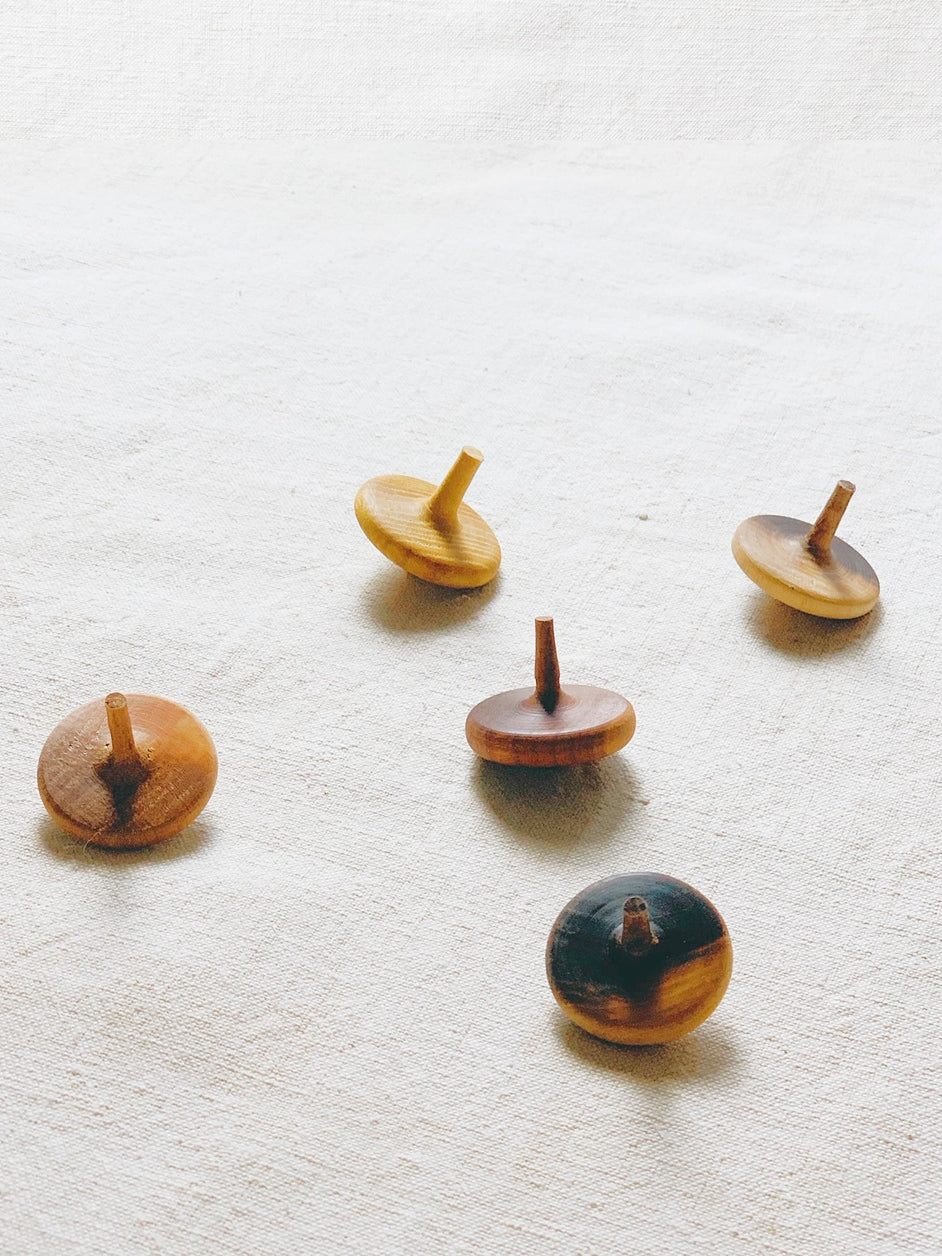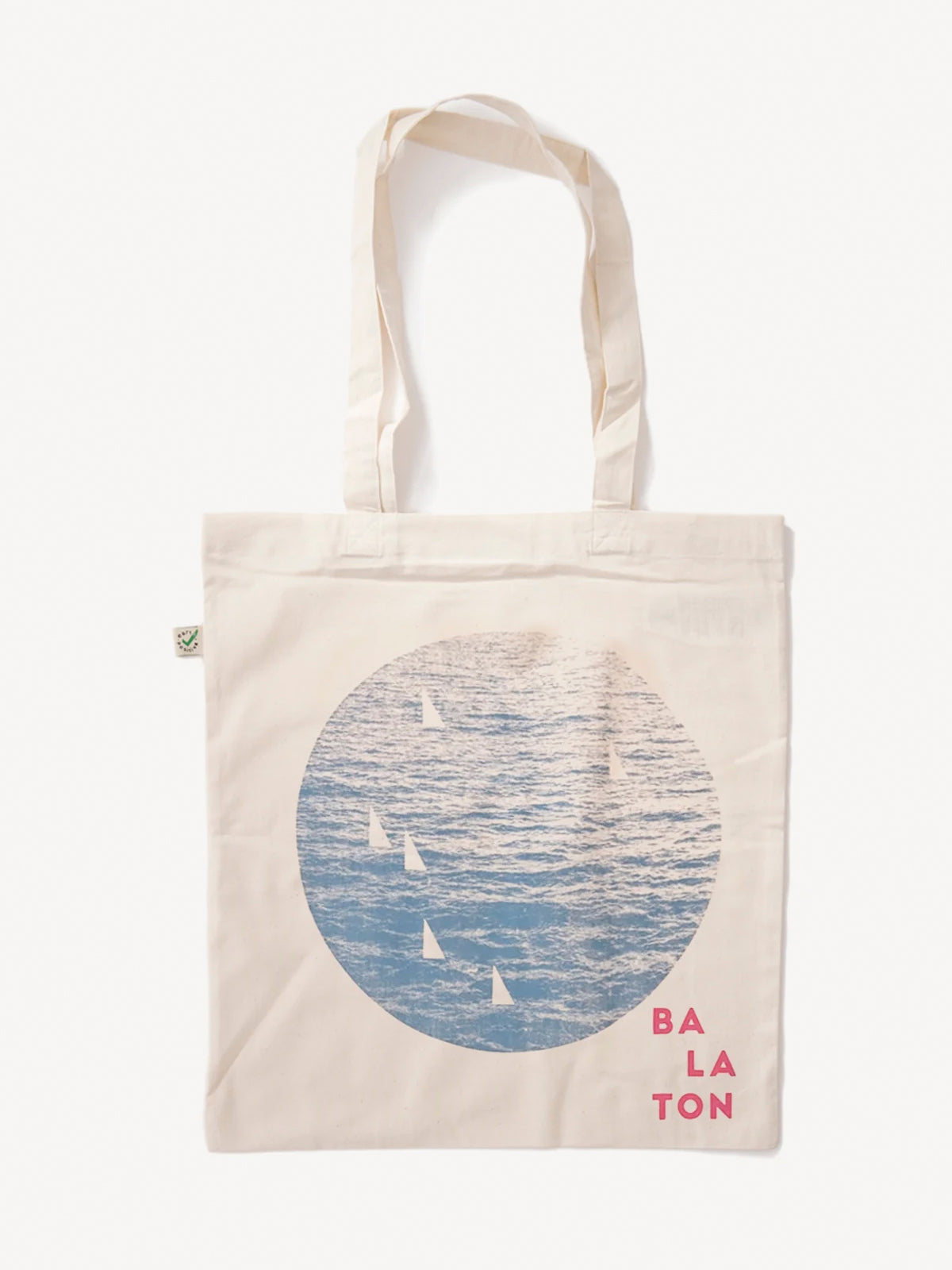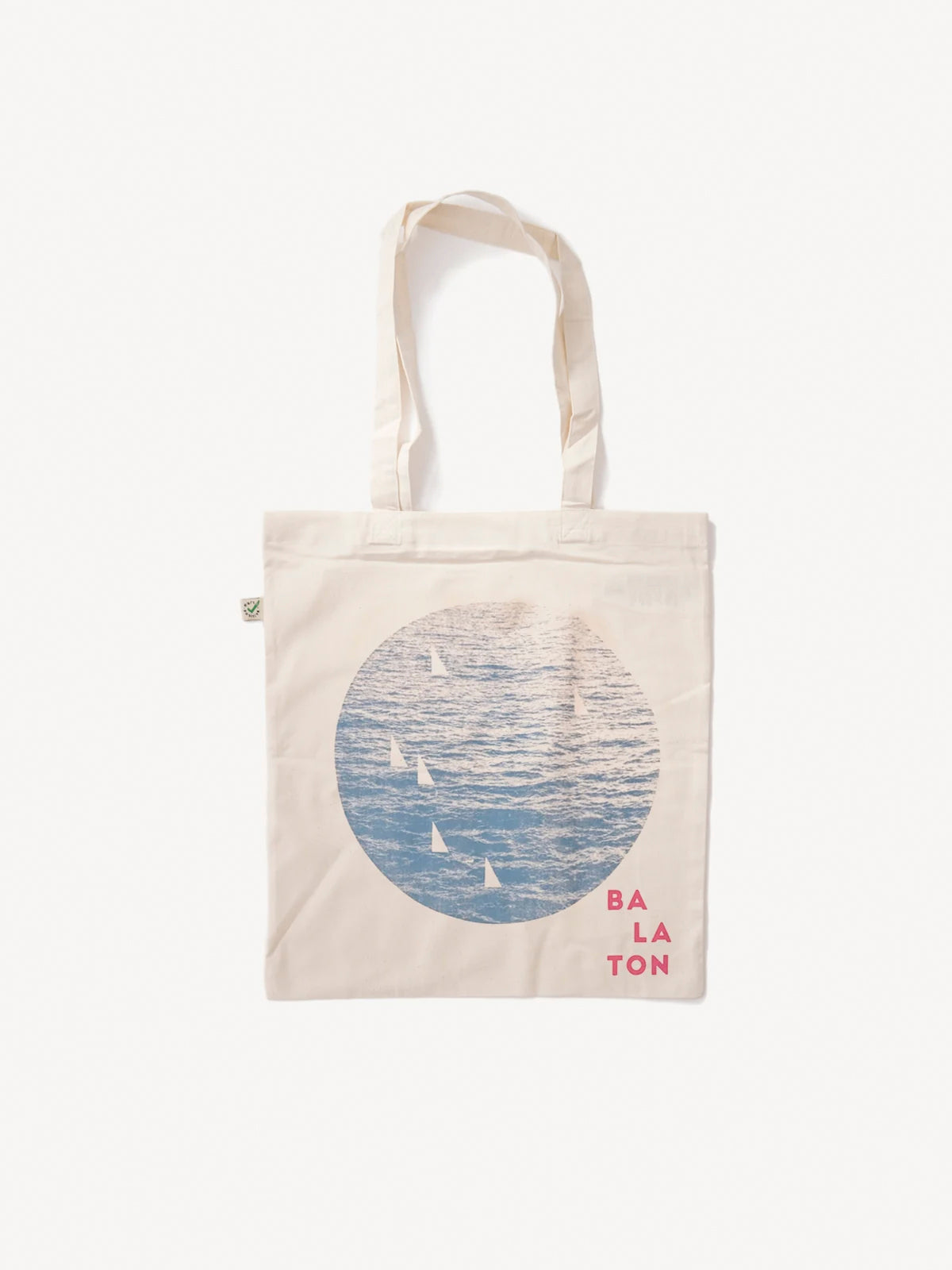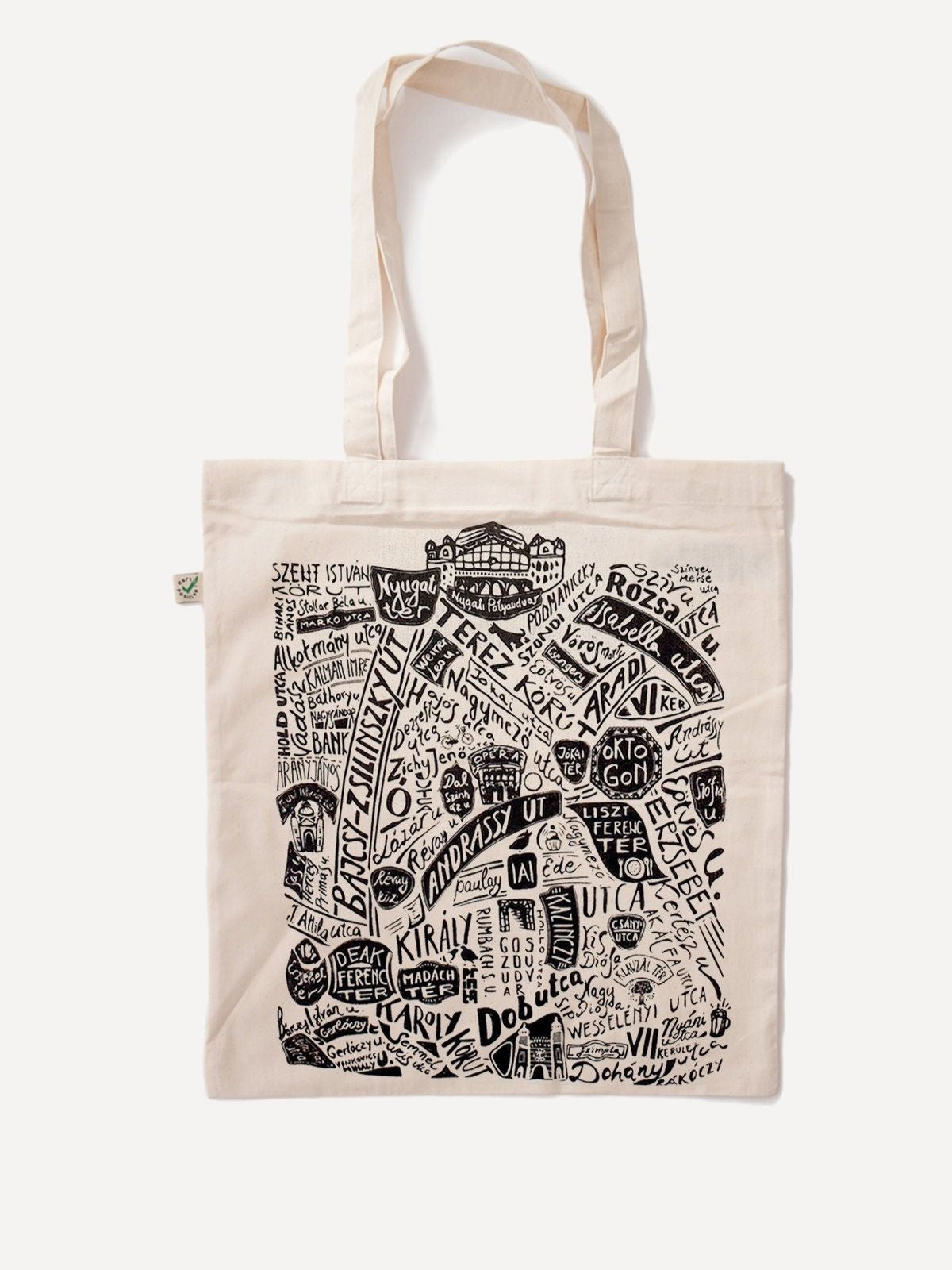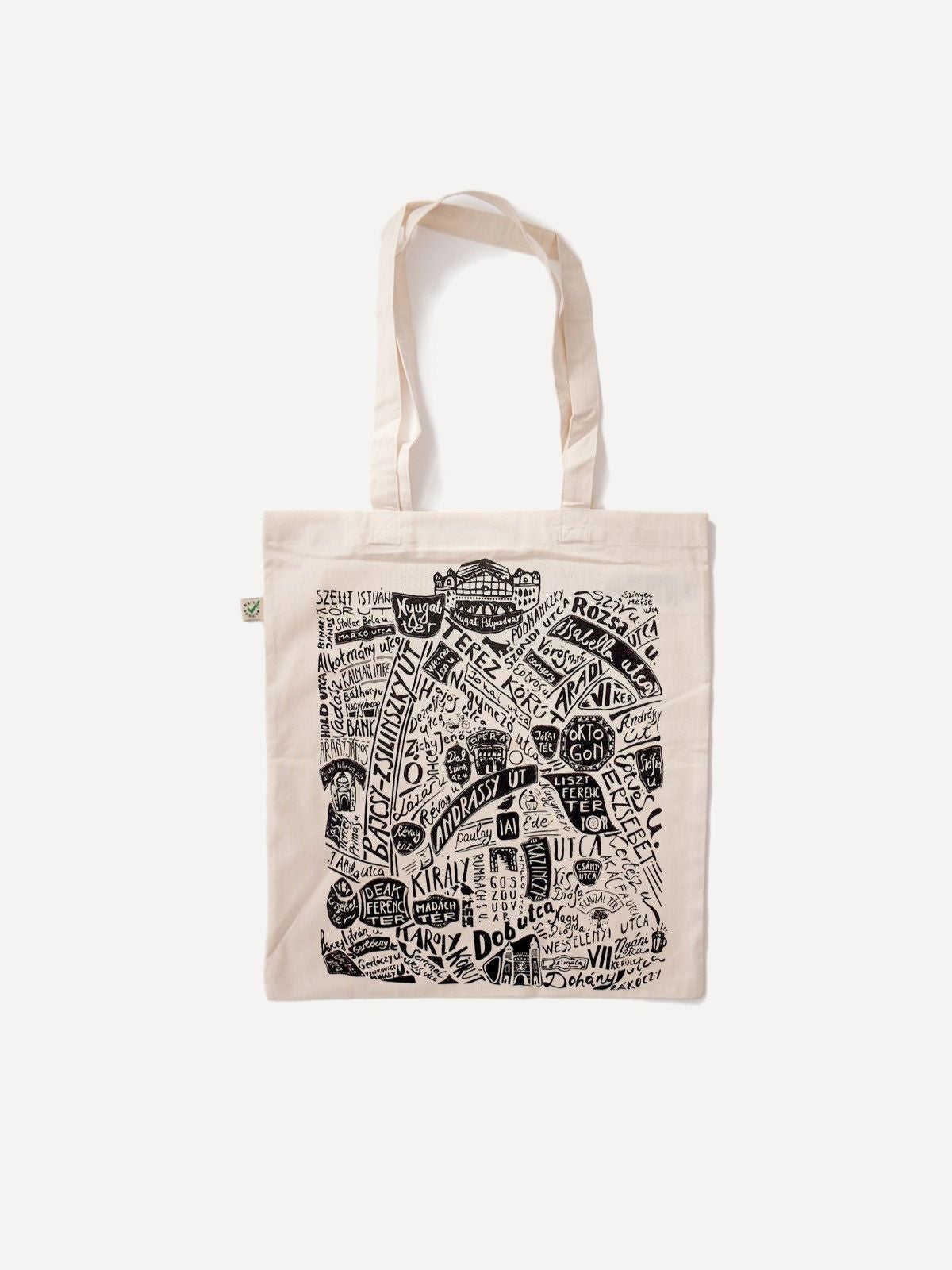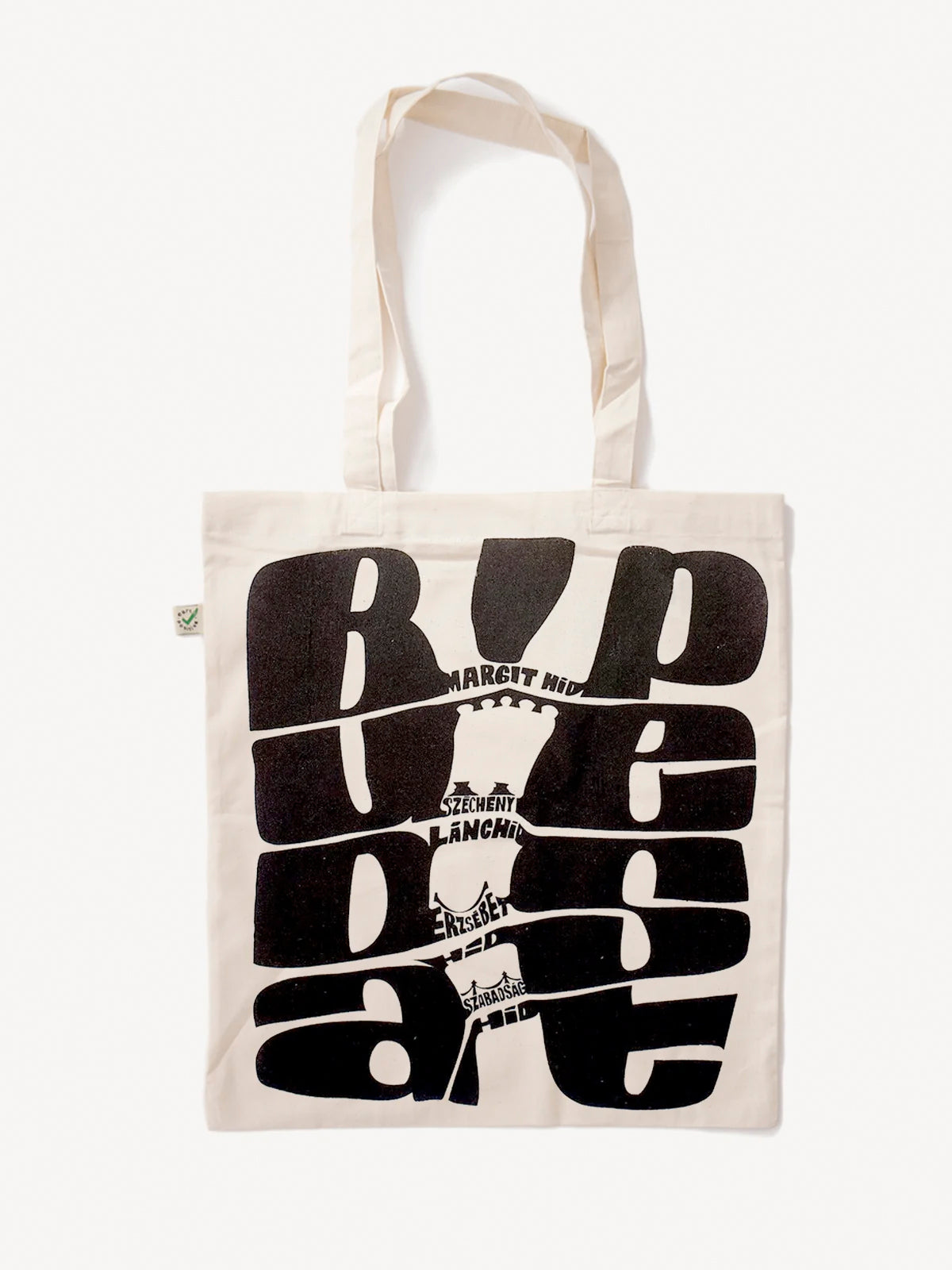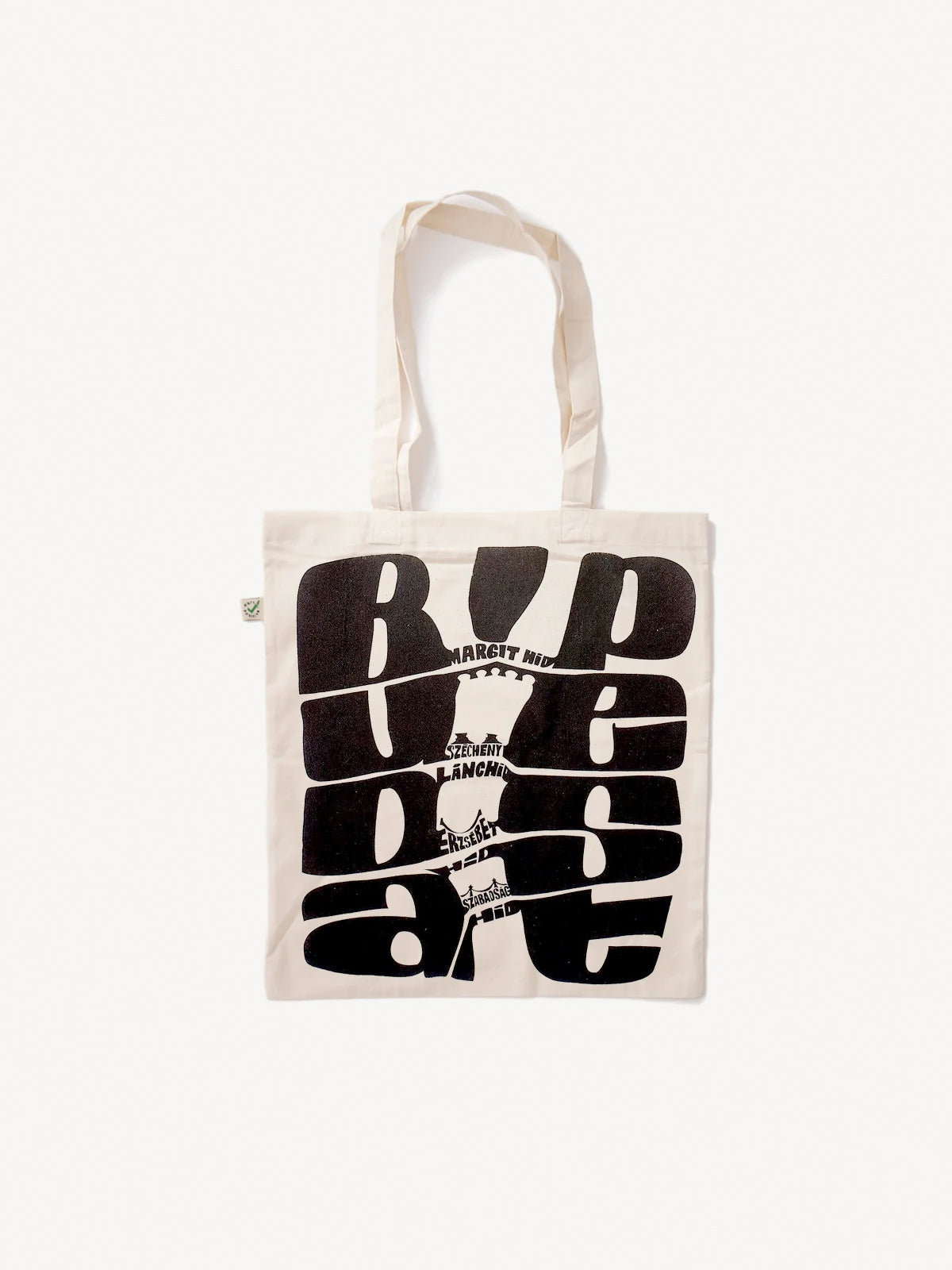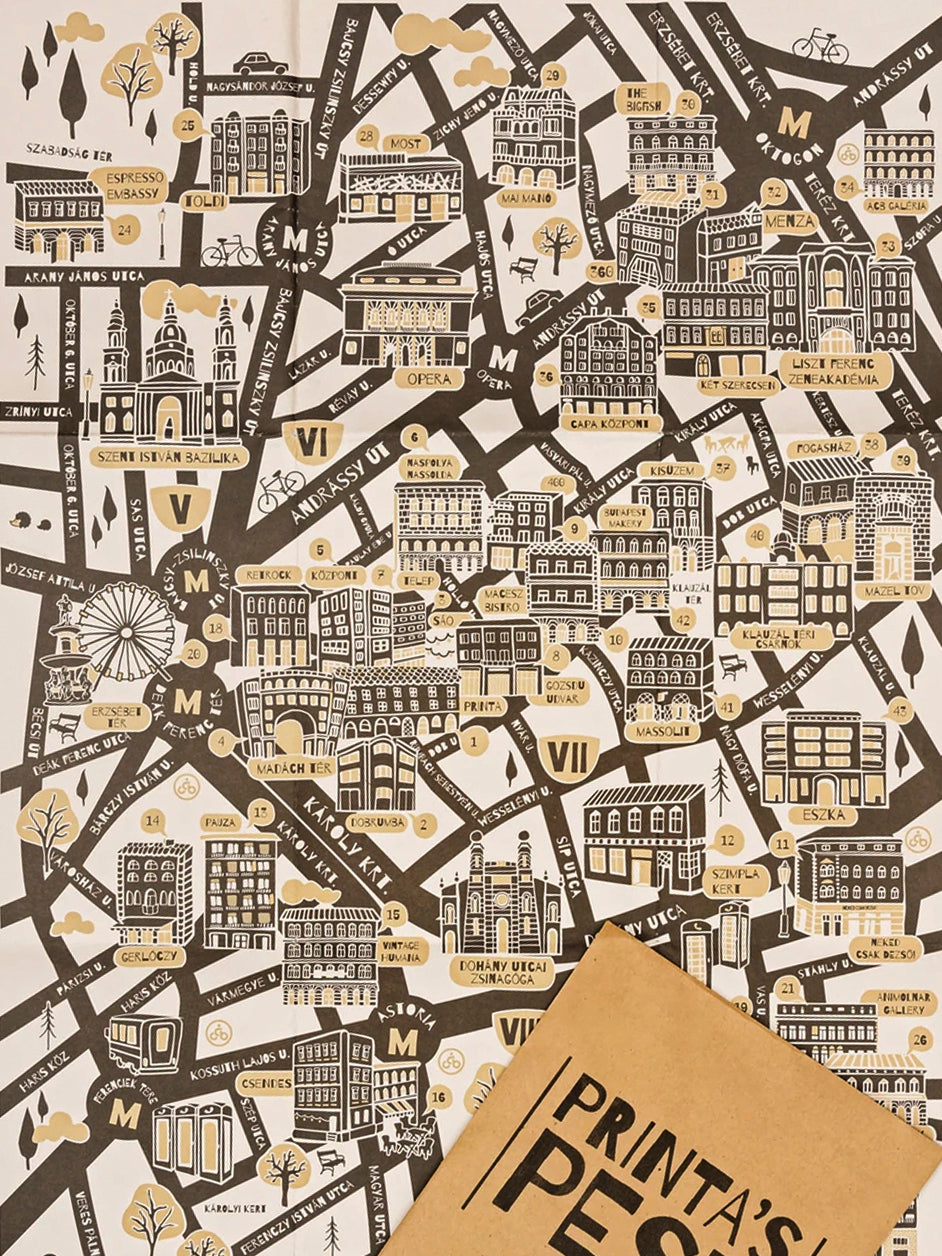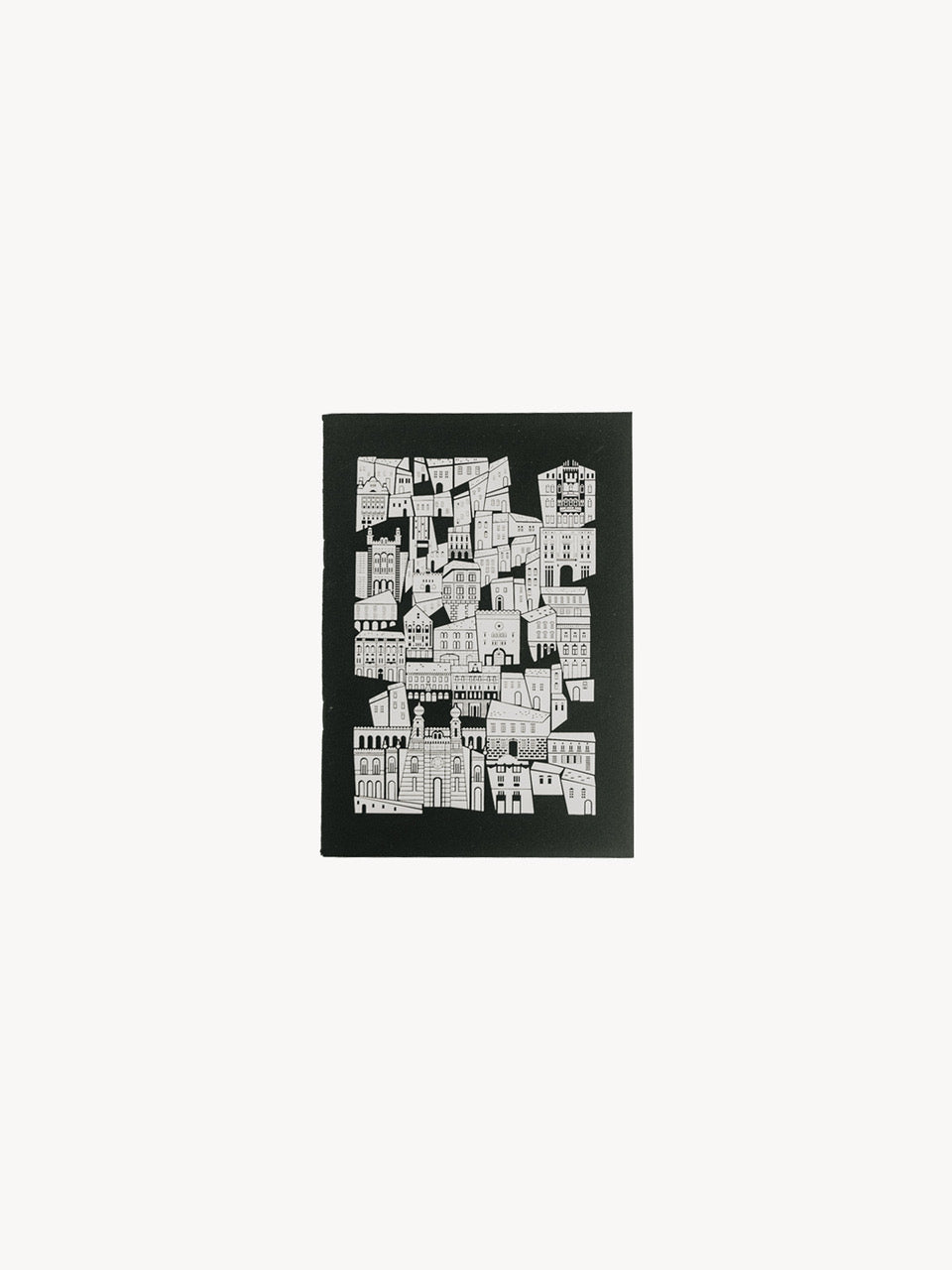Written by Lilla Bényi
Pockets on women's clothing carry an extremely important message, as they ensure women's independence and also symbolize gender equality. In order to see this better, we have to study the history of fashion, which reveals the significant aspects of women's politics.
The predecessors of pockets can also be considered the smaller containers hung on ropes that were widespread in the Middle Ages, which enabled women and men to carry their smaller items with them. A greater innovation took place in the 17th century, as they began to sew these pouches inside the clothes in order to hide personal items - thus, in fact, pockets were born, and with them the emphasis on traditional gender roles through pockets.

These pockets were conveniently accessible for men (they were placed on jackets, vests, and trousers), while they were difficult for women to access, under their petticoats. Women were therefore not allowed to disclose their personal belongings until the end of the 18th century, when the use of reticles became widespread. However, these small decorative bags were not suitable for storing money and valuables - according to this, women do not need functional pockets because they do not have access to wealth.
At the turn of the 20th century, however, women's desire for independence became stronger, and campaigns were created, among others, led by the Rational Dress Society , which fought for a rethinking of women's clothing. The "suffragette costume" with many pockets also became popular at that time, the name of which also advertises the feminist point of view - a suffragette was the name given to the first woman who stood up and fought for the political equality of women, the right to vote. And after the world wars , it became necessary for women to go to work, so the promotion of the working woman ideal came to the fore, which clearly required more practical clothing - trousers and large pockets.

It is already clear from this that the pockets are adapted to the current images of women, in the shaping of which social politics actually play the biggest role . This is clearly shown by the fact that as soon as industry needed less female labor , governments began to promote the work that women did for free in the household. As a result, traditional gender roles came to the fore, and pockets also adapted to it. Unfortunately, in most cases there are still small pockets on women's clothing.

At Printa, in addition to functionality, we also keep women's independence in mind when we design large pockets for women's pieces.
You will find these women's products in this collection .
